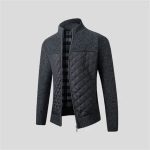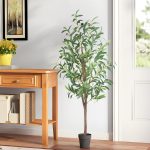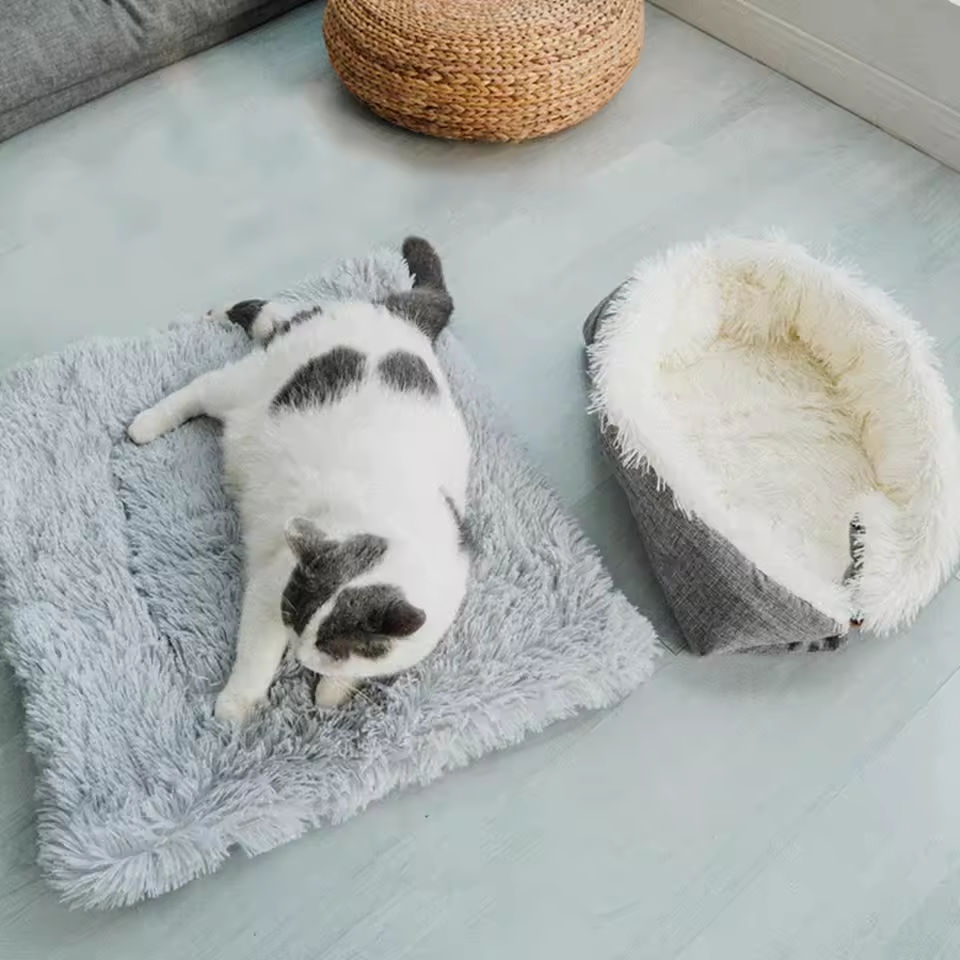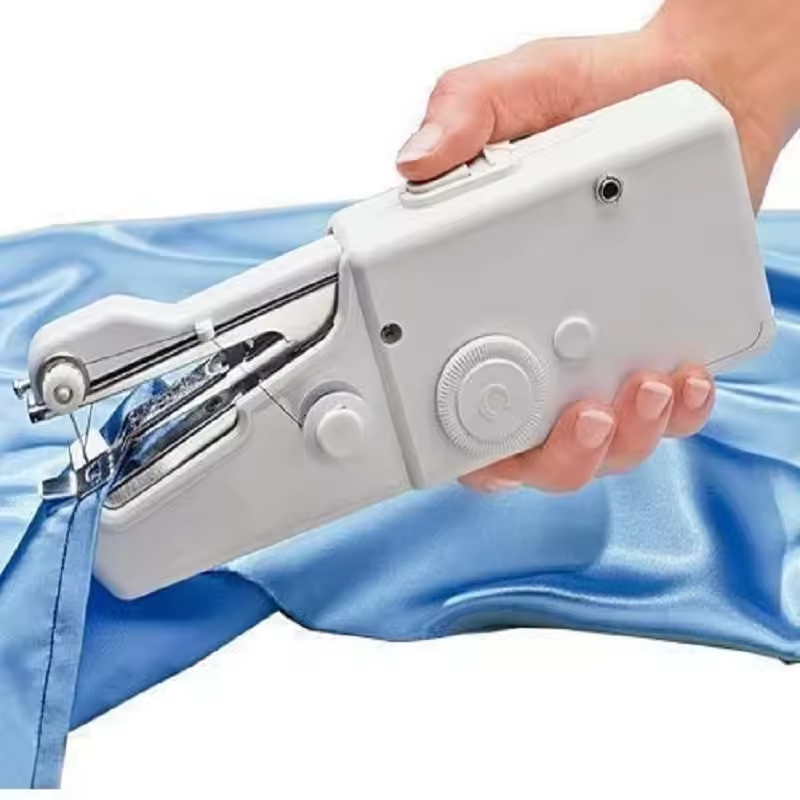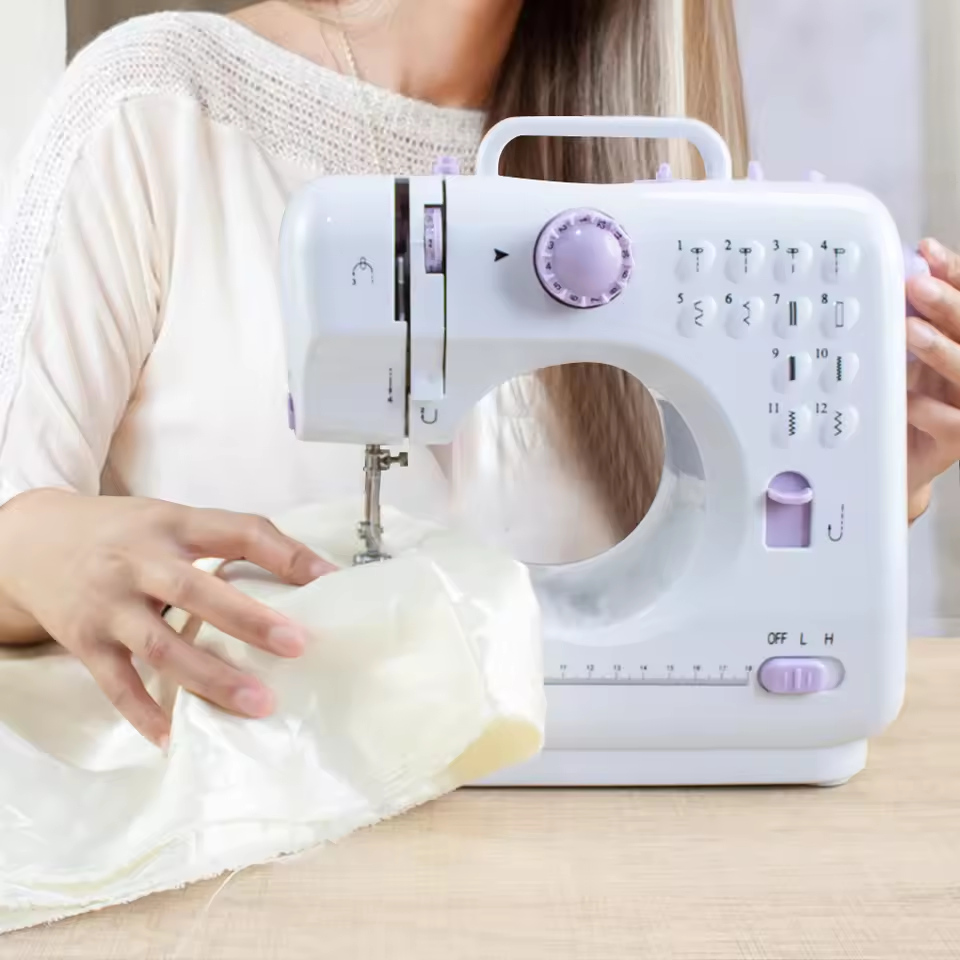Understanding Lyocell Fabric and Its Origins
Lyocell fabric is a sustainable textile made from the pulp of trees, primarily eucalyptus, beech, and spruce. The production of lyocell begins with harvesting wood, which is pulped and then transformed into fiber through a closed-loop process. This means that the solvents used during the production can be recycled, minimizing waste and environmental impact. As a result, lyocell stands out as a more eco-friendly alternative compared to conventional fabrics like cotton or polyester.
The environmental benefits start from the sourcing of raw materials. Eucalyptus trees, for instance, grow rapidly and require less water than traditional crops. The sustainable forestry practices ensure that forests are responsibly managed, helping maintain biodiversity and preventing deforestation. By choosing lyocell fabric, consumers contribute to a more sustainable fashion industry.
Moreover, the manufacturing process has a lower ecological footprint. Unlike synthetic fibers that are made from petroleum-based resources, lyocell is biodegradable. This characteristic ensures that when garments made from lyocell reach the end of their life cycle, they do not linger in landfills for centuries. This commitment to sustainability is crucial in addressing the pressing environmental issues faced globally today.
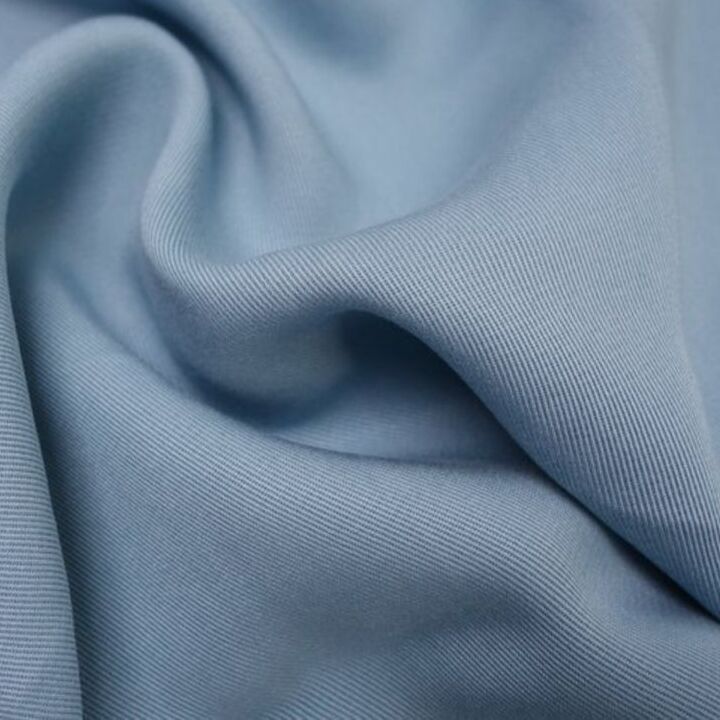
The Comfort and Breathability of Lyocell Fabric
One of the standout features of lyocell fabric is its incredible comfort and breathability. The fibers have a smooth surface, which not only feels soft against the skin but also helps to regulate temperature. This makes lyocell an ideal choice for clothing that is worn in various weather conditions, ensuring that you feel comfortable both in hot and cool environments.
The breathability of lyocell fabric allows for excellent moisture management. It can absorb up to 50% more moisture than cotton, making it an ideal choice for activewear and everyday garments. Whether you’re working out or lounging at home, lyocell’s ability to wick away sweat keeps you dry and comfortable. This impressive moisture management system reduces the chances of skin irritations often associated with damp clothing.
Furthermore, the fabric is hypoallergenic, meaning it is less likely to cause allergic reactions. This characteristic makes lyocell suitable for individuals with sensitive skin. By opting for garments made from lyocell fabric, you not only enjoy the benefits of comfort and breathability but also promote skin health. The soft texture combined with its ability to allow airflow makes it a popular choice among those prioritizing both comfort and style.
The Eco-Friendly Production Process of Lyocell Fabric
Lyocell fabric is notable not only for its end product but also for its environmentally friendly production process.
Unlike traditional cotton, which often requires extensive water use and pesticides, manufacturers produce lyocell in a sustainable manner. The closed-loop processing allows them to recycle the solvents used to dissolve wood pulp, minimizing toxic waste and environmental damage.
The production begins with sustainably sourced wood, ensuring that the raw materials do not contribute to deforestation. The process utilizes less water than cotton manufacturing and does not require harmful chemicals or pesticides. Therefore, when considering the entire lifecycle of the fabric, lyocell fabric emerges as a leading choice in the realm of eco-friendly textiles.
Moreover, the production facilities typically adhere to stringent regulations aimed at protecting the environment. Many manufacturers implement practices that reduce energy consumption and carbon emissions during the production of lyocell fabric. Such efforts reflect a commitment to minimizing the ecological footprint associated with textile manufacturing.
By choosing garments made from lyocell fabric, consumers actively support a more sustainable and responsible fashion industry. This underlines the importance of opting for environmentally-friendly materials in today’s market, where awareness of sustainability is growing.

Versatility of Lyocell in Fashion
Lyocell fabric is incredibly versatile, making it suitable for a wide range of fashion applications. From casual wear to formal attire, this fabric adapts well to different styles and designs, making it a favorite among designers and consumers alike. It can be blended with other fibers like cotton, wool, or silk, enhancing its functionality and aesthetic appeal.
The fabric drapes beautifully, which makes it an excellent choice for flowy dresses, skirts, and blouses. It provides a luxurious appearance without the hefty price tag often associated with silk and satin. Furthermore, its ability to take dyes easily results in vibrant colors. This versatility allows brands to cater to various tastes and preferences, all while promoting sustainability through the use of lyocell fabric.
Many brands commonly use lyocell in activewear and loungewear because of its breathability and moisture-wicking properties. As more consumers seek comfortable yet stylish clothing for both exercise and relaxation, lyocell fabric meets this demand perfectly. The fabric’s durability ensures that garments maintain their shape and color, even after repeated washes, making it a practical choice for everyday fashion.
In addition to clothing, lyocell fabric is also making waves in home textiles, such as bed linens, towels, and upholstery. Its natural properties enhance comfort and aesthetic appeal, leading to a growing preference for eco-friendly fabrics in home décor. With its versatility and environmental benefits, lyocell fabric plays a crucial role in the future of fashion.
Caring for Lyocell: Maintenance Tips
Caring for lyocell fabric is relatively straightforward, which contributes to its popularity among consumers. To maintain the quality and lifespan of items made from this fabric, it’s essential to follow specific care instructions. Most garments will label machine washing as appropriate. However, using a gentle cycle with cold water is advisable to preserve the fabric’s softness and durability.
When it comes to drying, avoid high heat, as it can damage the fibers. Air drying is the best method for lyocell fabric, preserving its shape and texture. If you do opt to use a dryer, select a low heat setting to prevent any risk of shrinkage.
If necessary, you should iron lyocell fabric on a low temperature setting. The fabric is less prone to wrinkles compared to cotton, so you may find that ironing is infrequent. If wrinkles do occur, simply hanging the garment in a humid bathroom can naturally smooth them out.
Routine care can ensure that your lyocell fabric garments remain beautiful over time. Avoid using harsh detergents or bleach, as these can degrade the fibers and impact the garment’s color. By following these maintenance tips, you can enjoy the comfort and sustainability of lyocell fabric for years to come.
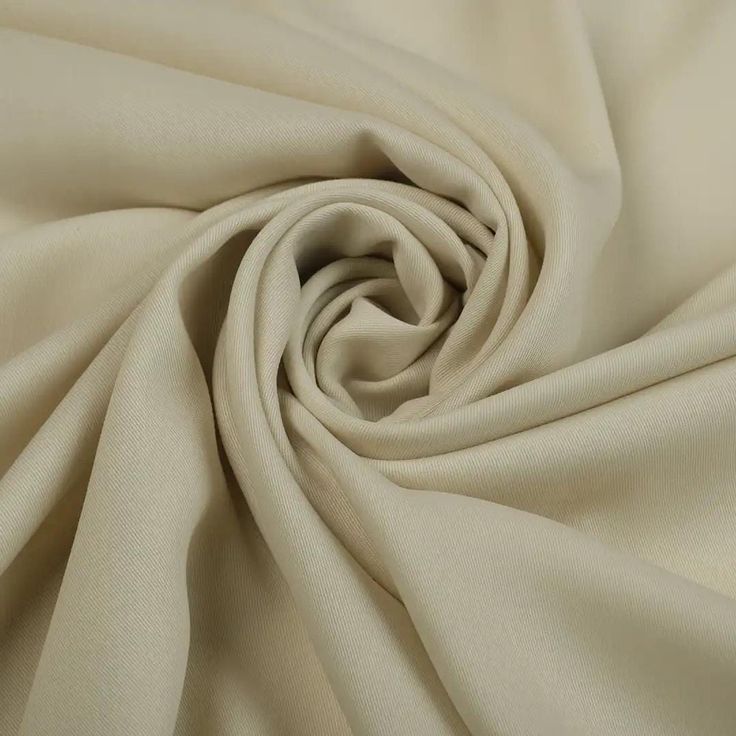
The Benefits of Choosing Lyocell for Activewear
For those who lead an active lifestyle, lyocell fabric represents an incredibly beneficial choice. Its natural moisture-wicking properties ensure that sweat is pulled away from the body, keeping you dry and comfortable during workouts. This characteristic is crucial for maintaining a pleasant experience, whether you’re in the gym, attending yoga classes, or going for a run.
Moreover, lyocell fabric’s breathability also contributes to temperature regulation. It allows air circulation, keeping your body cool during exercise and preventing overheating. This feature is particularly useful in activewear, as it enhances overall performance and comfort.
The softness and lightweight nature of lyocell fabric make it gentle on the skin, minimizing the risk of irritation during physical activity. This is a vital concern for those who engage in high-intensity workouts where comfort can significantly impact performance.
Additionally, lyocell fabric is durable and retains its shape well, meaning activewear made from this material will hold up under the rigors of daily exercise. By opting for lyocell-based activewear, consumers not only enjoy superior comfort and performance but also contribute to a more sustainable and eco-conscious fashion industry.

The Impact of Lyocell Fabric on Sustainable Fashion
Lyocell fabric plays a pivotal role in the movement towards sustainable fashion. As consumers become increasingly aware of the environmental impact of their clothing choices, lyocell provides a viable option that aligns with eco-friendly values. Its production process is designed to minimize waste, and its biodegradable nature ensures that it does not contribute to long-term pollution.
Brands that adopt lyocell fabric in their collections often communicate a commitment to ethical and sustainable practices. This transparency resonates with environmentally-conscious consumers, elevating brand loyalty and attracting a new demographic of eco-aware shoppers. Consequently, the presence of lyocell fabric is becoming a significant factor influencing purchasing decisions.
As more designers and manufacturers commit to using sustainable materials like lyocell, the overall fashion industry experiences a shift towards responsibility. This change not only benefits the environment but encourages innovation in textile production and design.
By integrating lyocell into their offerings, fashion brands embrace a more sustainable future. The widespread adoption of eco-friendly materials, such as lyocell fabric, can lead to significant improvements in the overall environmental footprint of the fashion industry.
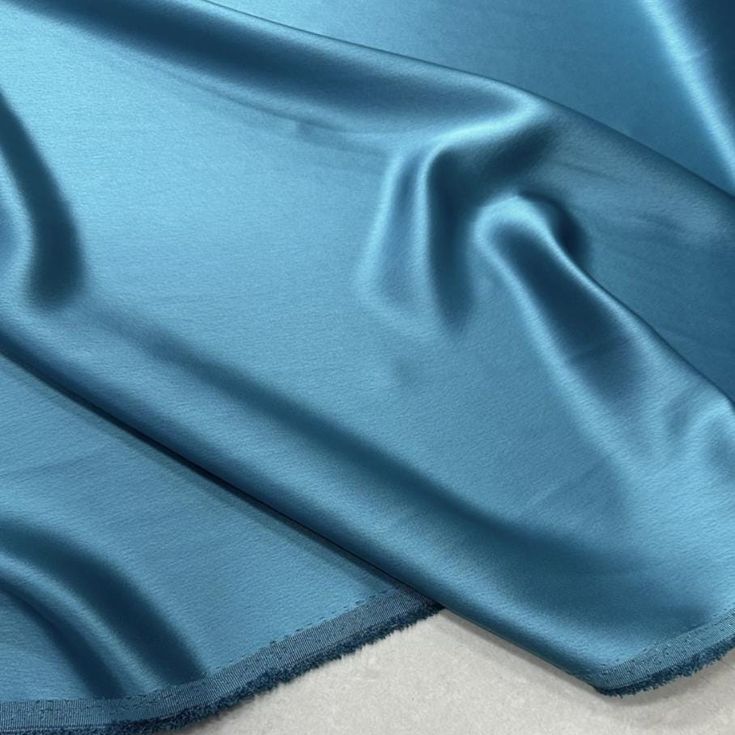
Conclusion:
In summary, lyocell fabric stands out as a sustainable choice for eco-friendly fashion, combining comfort, versatility, and environmental benefits. The manufacturing processes of lyocell prioritize sustainability by using renewable resources and minimizing waste, making it a worthy alternative to conventional fabrics.
Choosing garments made from lyocell allows consumers to express their commitment to the environment while enjoying a fabric that feels soft against the skin and performs well in various conditions. Its adaptability ensures that it suits a wide range of fashion needs, from casual wear to activewear and home textiles.
As the demand for sustainable materials continues to rise, embracing lyocell fabric in your wardrobe supports ethical fashion choices. In doing so, you actively participate in creating a more sustainable future for the fashion industry, contributing positively to the planet while enjoying high-quality, stylish garments.
